THE RISK OF FALLING
It happens every day! The risk of falling increases with age. 30 to 40 per cent of healthy older people suffer from falls too. Every third person over 65 years of age falls at least on an annual basis. Bone fractures are a frequent result of this. Fractures in the hip and thigh regions have particularly serious consequences. Such injuries require painful and lengthy treatments, as well as regular care, which often endangers independence and has an impact on the quality of life.
WHO (source: https://www.who.int/) estimated that the annual number of hip fractures worldwide will rise from 1.7 million in 1990 to around 6.3 million by 2050. Women suffer 80% of hip fractures; their lifetime risk for osteoporotic fractures is at least 30%, and probably closer to 40%. In contrast, the risk is only 13% for men.
As a stand alone system hip protectors do not prevent falls but can be included as a part of a fall prevention strategy in order to maintain mobility. Fall prevention is a variety of actions to help reduce the number of accidental falls suffered by older people. Actions may consist of: medical treatment for osteoporosis, general medical assessment, bone strengthening exercises, home safety assessment among other initiatives. However, no matter how much action is taken, it is never possible to prevent all falls. To address this fact it is important to prevent the impact on the femoral bone. If you can’t prevent someone from falling, you can prevent the impact on the femur with a hip protector and by that minimize the consequences of the fall.
THE FOLLOWING GROUPS OF PEOPLE ARE AT PARTICULAR RISK
• People who are afraid because they have already had a number of falls
• Those who suffer from dementia
• Persons who struggle with visual impairment
• Anyone who for some reason has general slow reaction time
• Low blood pressure can also increase the risk of falling
• People afflicted with incontinence
• Medications, tobacco and alcohol all can increase likelihood of falling
• Persons who are afflicted with balance disturbances and vertigo
• Those who suffer from osteoporosis
RISK FACTOR - FEAR OF FALLING AND A HISTORY OF FALLING
An Australian study concluded that both physiological and psychological factors affect the risk of falling. People whose physiological profile suggested that they were at risk of a fall, but who did not perceive themselves to be, were less likely to fall than people who are
more aware of the likelihood of falling.
Research suggest that people who think they have a low risk of falling may be more likely to engage in physical activity, thereby retaining their strength and stability.
Following this logic, a lack of confidence can also have adverse on mobility. Can you imagine the fear of falling after having been through a painful hip fracture, a huge surgery and a lengthy recovery period?
Often you lose confidence and are afraid of falling again. The lack of confidence and fear of falling often have a negative effect on your mobility and the risk of falling might increase. Falling once doubles your chances of falling again. Also when having experienced a fracture, the risk of re-fracture is high - 20% incur a new hip fracture within five years.
RISK FACTOR - DEMENTIA
Dementia is a syndrome (a group of related symptoms) that is associated with an ongoing decline of the brain and its abilities. People with dementia are at greater risk of falling,
because they are more likely to experience problems with mobility, balance and muscle weakness.
People suffering from dementia, experience difficulties with their memory and finding their way around. Moreover, they possibly have difficulties processing what they see and reacting to situations. Lastly, when taking medication a person can become drowsy, dizzy or experience blood pressure irregularities.
RISK FACTOR - VISUAL IMPAIRMENT
As we age, we become prone to a variety of eye problems, including glaucoma, cataracts and macular degeneration. Glaucoma is an eye disease that can damage the optic nerve and result in vision loss and blindness.
A cataract is a clouding of the lens in the eye that affects vision in elderly people.
Age-related macular degeneration (AMD) is a disease associated with aging and it gradually destroys sharp, central vision.
RISK FACTOR - SLOW REACTION TIME
With age comes poorer coordination ability, and older individuals react to things more slowly. It’s a combination of age-related changes in the brain, slowed signals from the brain to nerves and muscles, reduced flexibility of joints and tendons, and weaker muscles. In addition, older individuals tend to have less accurate awareness of their extremities’ position in space.
These changes conspire to increase the likelihood of falling and to reduce one’s ability to make quick adjustments if a fall does occur
RISK FACTOR - LOW BLOOD PRESSURE
The risk of low blood pressure increases with age due to normal changes during aging. In addition, blood flow to the heart muscle and the brain declines with age, often as a result of plaque buildup in blood vessels
Especially in the elderly, low blood pressure can be a sign of an underlying problem which may cause inadequate blood flow to the heart, brain and other vital organs. This can lead to dizziness
An estimated 10% to 20% of people over age 65 suffer from orthostatic hypotension (sudden drop in blood pressure from a lying down or sitting position to a standing position)
RISK FACTOR - INCONTINENCE
Urinary incontinence can contribute to accidental falls in several ways. The urge caused by incontinence may increase fall risk when a person hurries to the toilet to avoid wetting themselves. Also, incontinence episodes may lead to slips on wet floor and surfaces. Moreover, making frequent bathroom trips at night, through poorly lit or obstructed pathways, may increase fall risks. And waking up to urinate at night can result in poor sleep, which is associated with increased fall risk.
RISK FACTOR - MEDICATIONS, TOBACCO AND ALCOHOL
Cortisone medications, such as prednisone, may weaken the bones if taken them long term. In some cases, certain drugs or the combination of medications can cause dizziness and make a person more prone to falling. Smoking and drinking alcohol may interfere with the normal processes of bone building and remodeling, resulting in bone loss.
RISK FACTOR - BALANCING PROBLEMS
People are more likely to have problems with balance as they
get older. balance disorders* in elderly are caused by a myriad of factors. Among others are; problems in the inner ear (vestibular disorders), other viral infections, strokes, medication, upper respiratory
infections, bacterial infections and head injuries.
*) Symptoms are vertigo and imbalance. Some people with a balance disorder may not be able to fully relieve their dizziness and will need to find ways to cope with it.
RISK FACTOR - LOW BONE DENSITY/OSTEOPOROSIS
Osteoporosis is a bone disease that occurs when the body looses too much bone, produces too little bone, or both. As a result, bones become weak and may break
from a fall or, in serious cases, from sneezing or minor bumps.
Osteoporosis is more common among women, as they start with lower bone density than their male peers, and they lose bone mass more quickly as they age.
Osteoporosis affects about 200 million women worldwide. approximately one-tenth of women aged 60, one-fifth of women aged 70, two-fifths of women aged 80 and two-thirds of women aged 90. However, the rate of men being diagnosed with osteoporosis is increasing.
One in four men over age 50 can expect to have an osteoporosis-related fracture some time in his life. For women the number is one in two.
OUR VALUES
LONG TERM RELATIONSHIPS FORMED BY HIGH PROFESSIONALISM AND GENUINE PROBLEM SOLVING

EXCELLENCE
We insist on developing superior products of the highest quality and to exercise best practice in all we do.

INNOVATION
We strive to be at the forefront of our field by listening to the needs of our partners and users, by constantly improving our products and processes, and by attracting and retaining highly skilled and motivated employees.

TRUST
We seek to be a reliable partner in all our dealings and to earn the confidence of our customers and users.

CARE
The needs of our stakeholders – our customers, our users, our employees, society and the environment – guides us in everything do.
FOLLOW US
At Safehip we cherish input from our users. We want to hear and learn from your story - so please connect and share

